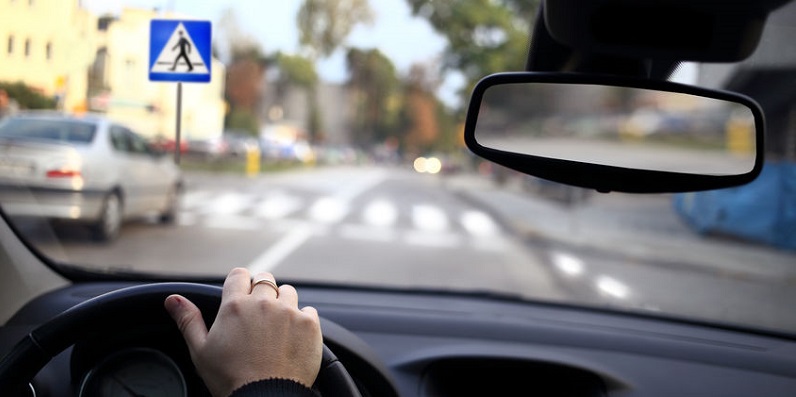More than 10 percent of auto accident victims are pedestrians. What happens when they’re the ones at fault?
Automobile insurance will pay for the damages when a car hits a pedestrian. But the amount and type of compensation depend on the insurance of the parties, the extent of the injuries, and who is judged to be at fault.
All states require drivers to have liability insurance. The minimum mandated in Colorado is “$25,000 for bodily injury or death to any one person in an accident; $50,000 for bodily injury or death to all persons in any one accident; and $15,000 for property damage in any one accident.”
Compensation can be obtained in the following scenarios:
- If the driver was at fault for the accident, his automobile insurance will compensate a pedestrian for medical bills arising from the injuries sustained in the crash.
- Even if the driver was not to blame, the pedestrian may sue to receive compensation for medical expenses.
- The pedestrian’s health insurance may also pay damages but then seek reimbursement from the responsible party’s automobile insurance company.
- If the pedestrian was working at the time of the accident, a claim could be made with a workers’ compensation carrier.
- If the driver caused the accident but is uninsured or underinsured, the pedestrian may need to make a claim under the uninsured/underinsured (UM/UIM) coverage of his own insurance policy to make up the difference. Although the UM/UIM policy is for the pedestrian’s vehicle, it may provide coverage for him when he is the victim in an accident while on foot.
- An uninsured pedestrian may go uncompensated if the driver has no insurance and few or no assets and if no other parties are found to be at fault.
Determining Fault in Colorado Auto and Pedestrian Accidents
If a pedestrian is struck by an automobile and injured, the law of negligence will determine who was at fault. The individual who failed to use reasonable care under the circumstances will likely be held responsible for the accident.
But the mere fact that a driver has hit a pedestrian doesn’t automatically mean that the motorist was at fault. Pedestrians may be found to be at least partly responsible for the accident if they wear dark clothing while walking on the road at night, jaywalk instead of using the crosswalk, walk onto a roadway while under the influence of drugs or alcohol, enter a crosswalk against the crossing signal, or walk along any area (including bridges, overpasses, and other roads) where pedestrians are expressly forbidden.
In many cases, the driver and the pedestrian share liability. For example, if the pedestrian is jaywalking but you are speeding and could have stopped in time otherwise, fault may be split evenly. On the other hand, if the pedestrian is primarily at fault, the driver’s insurance company may not be required to pay any damages to the pedestrian.
If you or a loved one has been injured in a Colorado auto accident, contact Dan Rosen at (303) 454-8000 or (800) ROSEN-911 to schedule your free initial consultation with an experienced personal injury attorney.

